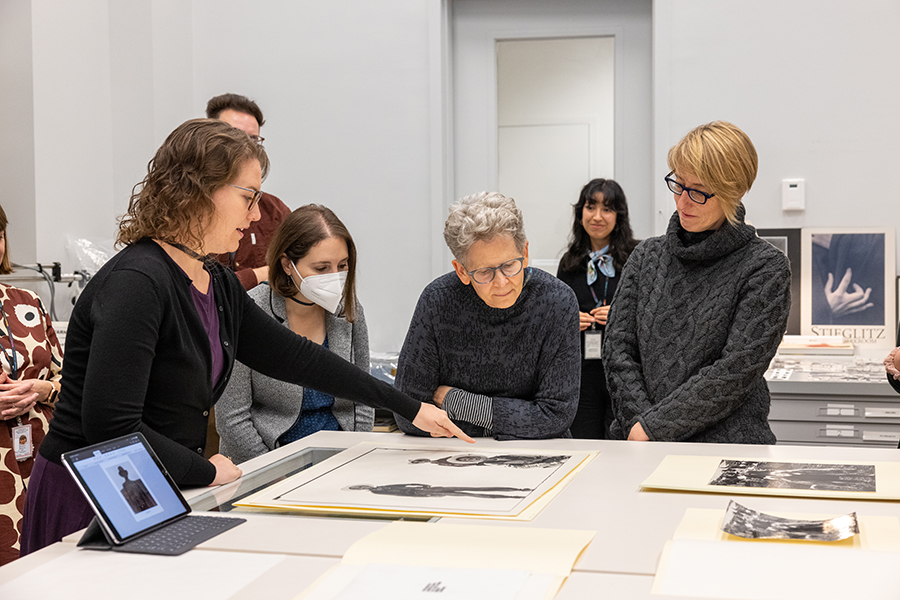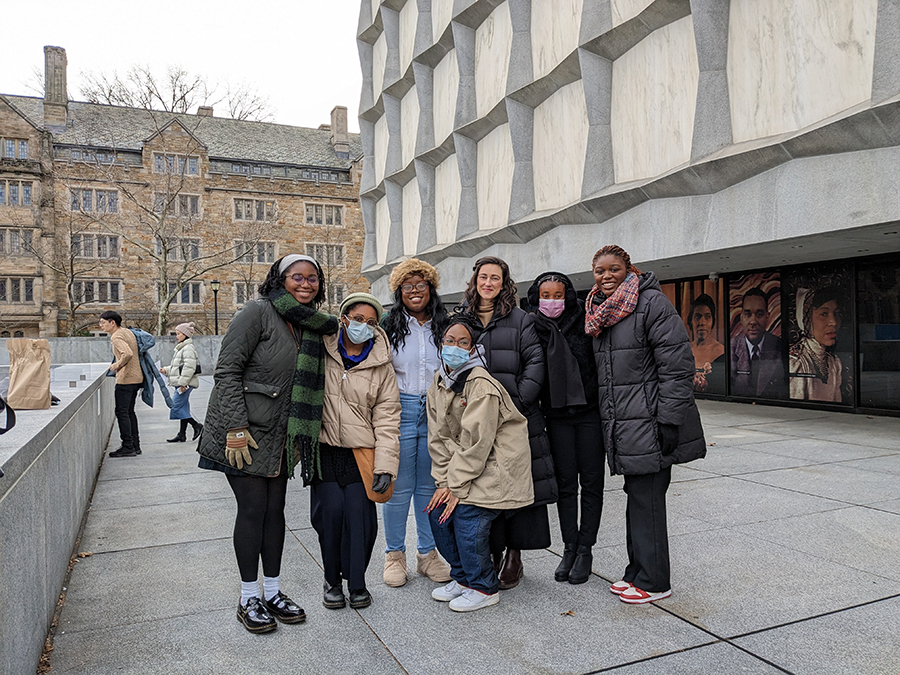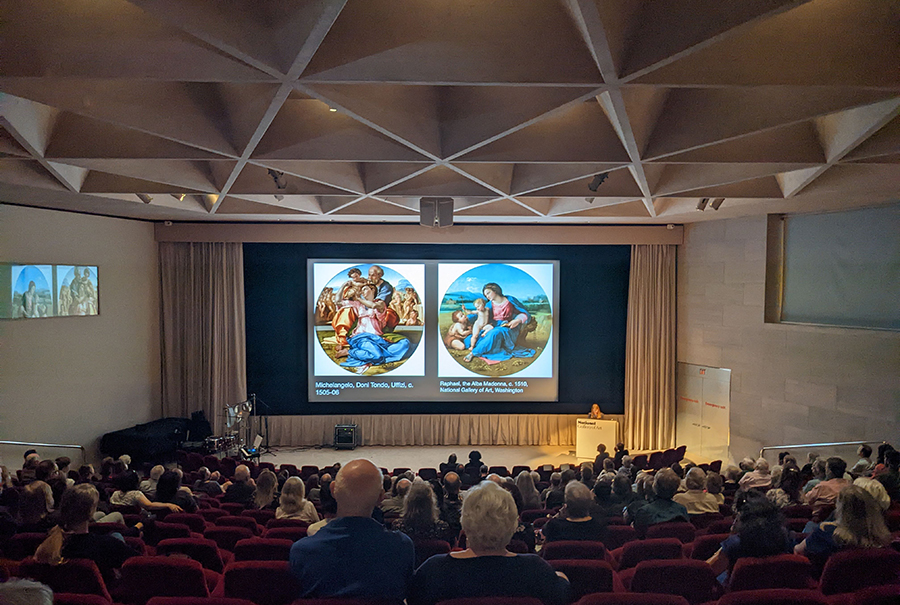In addition to Center-led exhibition tours and gallery talks, we continue to expand access to our members’ research for the greater academic community and the general public. For the first time, colloquia—talks given by senior professors and fellows of the Center—were promoted as public hybrid events on the National Gallery’s calendar. Over the course of the academic year, colloquia averaged 200 attendees across in-person and virtual platforms. In September, H. Perry Chapman, this year’s Kress-Beinecke Professor, presented the inaugural colloquium, “Rembrandt’s Art History: Rivaling Rubens.” She also served as advisor to the predoctoral fellows, from hosting workshops on dissertation introductions and chapter formulation to providing mock interviews and organizing sessions with early-career National Gallery curators.
The interdisciplinary and collaborative practice of Andrew W. Mellon Professor Adriana Zavala is inspiring and a model for us all. I cannot wait to see how her research on feminist AfroLatinx and Latinx artists continues to develop. This spring, Zavala teamed up with postdoctoral research associate Angélica Becerra and David E. Finley Predoctoral Fellow Davida Fernández-Barkan on a gallery talk for the Center community about Frida Kahlo’s Self-Portrait Dedicated to Leon Trotsky, temporarily on display at the National Gallery courtesy of the National Museum of Women in the Arts.
Gail Feigenbaum, Edmond J. Safra Visiting Professor, hit the ground running upon her arrival in January. With Center support, she organized a colloquy around the social practices of catalogues raisonnés, which included a keynote lecture by Antoinette Friedenthal of Potsdam, Germany, titled “Oeuvromania in the Age of Reason.” The colloquy welcomed over 35 participants from ten institutions, including significant representation from our National Gallery colleagues.





